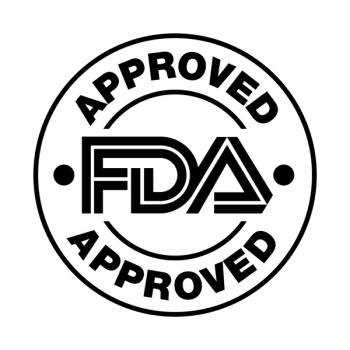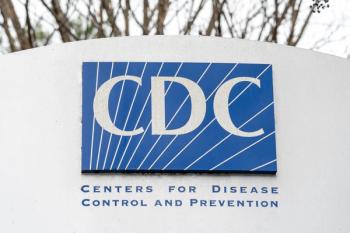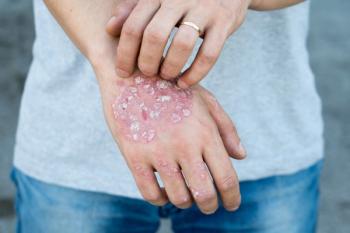
Shorter antibiotic courses for AOM and CAP in children proved effective across a pediatric health system, according to data presented by Elysha Pifko, MD.

Shorter antibiotic courses for AOM and CAP in children proved effective across a pediatric health system, according to data presented by Elysha Pifko, MD.

Early antibiotic use before age 2 is linked to higher childhood obesity risk, with timing playing a key role in long-term weight outcomes.

The study involved 88 pediatric patients, with 12.5% showing positive intradermal test results and 1.1% positive subcutaneous provocation.

One step will be a partnership with the National Institutes of Health to research how food additives impact children's health.

Donna Hallas, PhD, PPCNP-BC, CPNP, PMHS, FAANP, FAAN, shares her thoughts on the latest print issue of Contemporary Pediatrics

"We are getting away from biopsies to diagnose CD, which makes diagnosis even easier, said Jon Matthew Farber, MD.

Most want to start the conversation, but confidence and timing vary.

Joshua Feder, MD, emphasizes that sensory play is most effective when rooted in relational strategies that support autistic children in daily environments.

A new study found that cell-free DNA from routine prenatal testing can accurately identify preterm birth risk without added cost or procedures.

In 3 studies evaluating the effects of probiotics on eczema, probiotics groups reported a greater reduction in symptoms than placebo groups, but only when the allergy was IgE mediated.

From the FDA approvals of dupilumab and maralixibat tablets to a new puzzler case study, get caught up with our weekly review article.

The CRL issued by the FDA to Regeneron for extended EYLEA HD dosing to 24 weeks cited no safety or efficacy concerns.

Find out how pediatricians play a crucial role in early autism diagnosis and how to advise families post-diagnosis.

The sBLA for dupilumab (Dupixent) was supported by data from the phase 3 LIBERTY-CUPID clinical program in patients with uncontrolled CSU.

"Testing for viruses should be the standard of care to help guide therapy," stated Jon Matthew Farber, MD.

Recommendations from the ACIP are forwarded to the director of the CDC, and if adopted, become official CDC policy.

A rare case of delayed subgaleal hemorrhage in a 2-month-old highlights the need for timely diagnosis and management in pediatric care.

Diazepam nasal spray (Valtoco) is approved for short-term treatment of seizure clusters, now in patients aged 2 years and older.

Recent research detailed that a child was most likely to be killed in a mass shooting by a parent or family member vs a stranger or peer. Study investigator Stephanie Chao, MD, breaks down these data.

In the immediate skin-to-skin contact group, improved breastfeeding practices up to 12 months were observed.

Breastfeeding for 6 months was linked to fewer developmental delays and neurodevelopmental conditions, supporting current recommendations.

Their smaller size, higher metabolic rate, and greater body water percentage mean they lose fluids more quickly.

Overall, findings revealed that a higher proportion of children with autism had a history of motor milestone delays.

In the United States, maralixibat (Livmarli; Mirum Pharmaceuticals) is approved to treat both ALGS and PFIC, now in liquid and tablet formulations.

Infants born moderately preterm had lower composite cognitive scores compared to those born at full-term s (β = −0.39; 95% CI, −0.55 to −0.22; P < .001).

From strong data for JNJ-2113 to a deep dive into climate change and pediatric health care, get caught up with our weekly review article.

A recent study found IL-6 may help with earlier sepsis detection in pregnant women, children, and newborns, outperforming traditional diagnostic tests.

Do you know the details from the American Academy of Pediatrics' 2024 CCHD updated screening recommendations?

While these concerns are often rooted in misinformation, they offer an opportunity to guide families back to the evidence.

“Data from the Phase 3 ICONIC LEAD subgroup analysis demonstrate impressive efficacy rates, showing the promise of this novel therapeutic option," said Lawrence Eichenfield, MD.